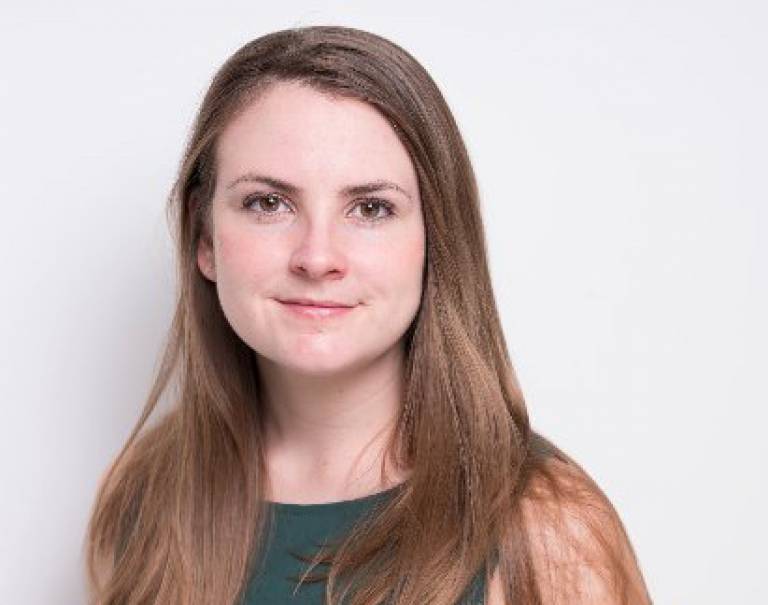Dr Stacey Holloway

17 September 2018
I became interested in Medical Physics as a Physics undergraduate when I saw a talk by an NHS Medical Physicist. Before then I did not know Physicists worked in hospitals! I then took modules in Medical Imaging and eventually trained in the hospital prior to my research career at UCL.
I love the multidisciplinary nature of this field. I work with students, patients, CERN physicists, data scientists, hospital physicists, clinicians and other researchers. I also get a huge reward from working in a field where you see the impact of your work changing clinical care.
I now work in the Proton and Advanced Radiotherapy (PART) Group, and my particular area of interest is proton therapy planning, using AI to determine the changes in a patient’s anatomy that occur over the course of radiotherapy treatment (for example due to tumor shrinkage, weight loss, or daily motion) and to help clinicians can make the best decisions for those patients. It’s a really exciting time for proton therapy. This year the NHS will treat their first high-energy proton patient in the UK at the Christie Hospital in Manchester and a new centre at UCLH is currently being built, with the first patients being treated in 2020.
I would advise anyone considering studying or working in this field to try and shadow a Clinical Scientist/Medical Physicist in the hospital and get some hands on experience. One of my favorite placements while training was spending a week working with patients in rehabilitation engineering.
 Close
Close

